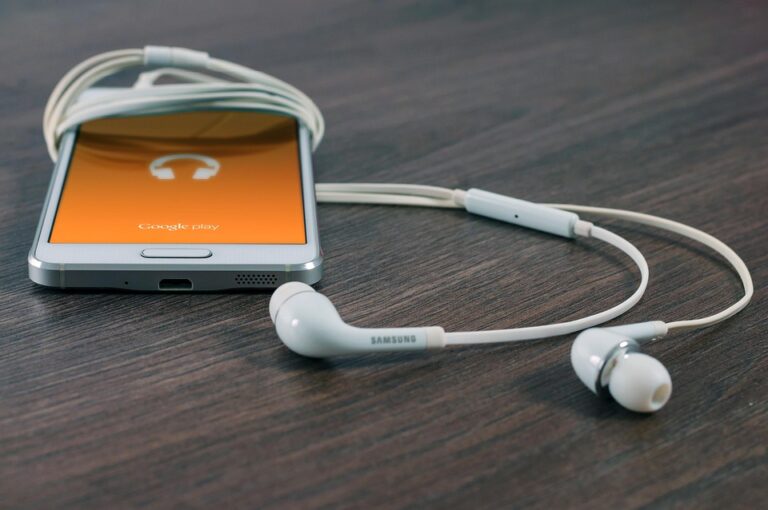
Essential Guide to Choosing the Right Power Bank: Tips, Brands, and Common Pitfalls
In today’s fast-paced digital age, the power bank has become an indispensable companion for many, whether you’re a student, a professional, or a globetrotter. But with a plethora of options available, how do you sift through the noise to find the right one? Here’s a deep dive into the nuances of selecting a power bank that truly meets your needs.
1. Capacity Matters: Understanding mAh
When it comes to power banks, the term mAh (milliampere-hour) is your best friend. This figure indicates the capacity of the power bank and ultimately determines how many times it can charge your device. Generally speaking, a power bank with 10,000 mAh can charge most smartphones roughly two to three times. However, the actual performance can vary based on several factors, including your phone’s battery size and usage patterns.
A common question arises: how much capacity is enough? For casual users, a 5,000 to 10,000 mAh power bank should suffice. However, if you’re a heavy user or rely on multiple devices, consider opting for a higher capacity of 20,000 mAh or more. It’s crucial to balance capacity with portability, as larger power banks can become cumbersome.
2. Charging Speed: The Importance of Output
Another critical aspect to contemplate is the output power, measured in watts (W). A higher output means your device will charge faster. Most modern smartphones support fast charging, so opting for a power bank with an output of at least 18W is advisable if you wish to make the most of your device’s capabilities.
Moreover, many power banks come equipped with multiple output ports. This feature allows you to charge more than one device at a time, which can be particularly beneficial for those who juggle several gadgets. Just be mindful that the total output may be divided among the ports, so if you’re charging multiple devices, the speed might diminish.
3. Portability vs. Power: Finding the Right Balance
The quest for the ideal power bank often leads to a dilemma: should you prioritise portability or capacity? While a larger power bank may offer more charge, it can also be hefty and less convenient to carry around. Conversely, a smaller, lightweight option may lack the juice you need for extended use.
Consider your lifestyle. Are you often on the go, or do you typically work from a fixed location? For frequent travellers, a compact design might be essential. However, if you’re stationary for long periods, a larger model might be more suitable.
4. Safety Features: A Non-Negotiable
In the realm of electronics, safety cannot be overlooked. Reputable brands often incorporate features such as overcharge protection, short circuit prevention, and temperature control. When weighing your options, look for certifications like CE, FCC, and RoHS, which can indicate a commitment to safety standards.
It’s worth noting that cheaper, unbranded options may compromise on these essential safety features. While the allure of a bargain is tempting, the last thing you want is to jeopardise your device or, worse, your safety.
5. Brand Reputation: Trust the Experts
As with any product, brand reputation plays a vital role in the purchasing process. Brands like Anker, RAVPower, and Xiaomi have established themselves as leaders in the power bank market, often receiving positive reviews for reliability and performance. They also tend to offer robust warranties, which can provide peace of mind.
Conversely, lesser-known brands may offer tempting prices but lack the same level of quality assurance. Always do a bit of research. Customer reviews and expert opinions can illuminate the reliability of a product, helping you make an informed decision.
6. Common Pitfalls: What to Avoid
Even with thorough research, it’s easy to make mistakes when selecting a power bank. One common pitfall is underestimating the importance of compatibility. Ensure that the power bank you choose is compatible with your devices, particularly if you own products from different manufacturers.
Additionally, don’t overlook the charging cables. Some power banks come with cables, while others do not. Verify whether the included cables meet your device’s requirements, or you may find yourself in a pickle when it’s time to charge.
As you navigate the sea of options, it’s essential to remember that choosing the right power bank is a blend of understanding your needs, assessing key features, and considering brand reliability. With this guide, you should feel more equipped to make a decision that suits your lifestyle and keeps your devices powered up.
BargainsTrust continues to bring you curated insights on various products, helping you navigate the complexities of everyday tech choices. Whether you’re hunting for the perfect power bank or other gadgets, we’ve got you covered!






